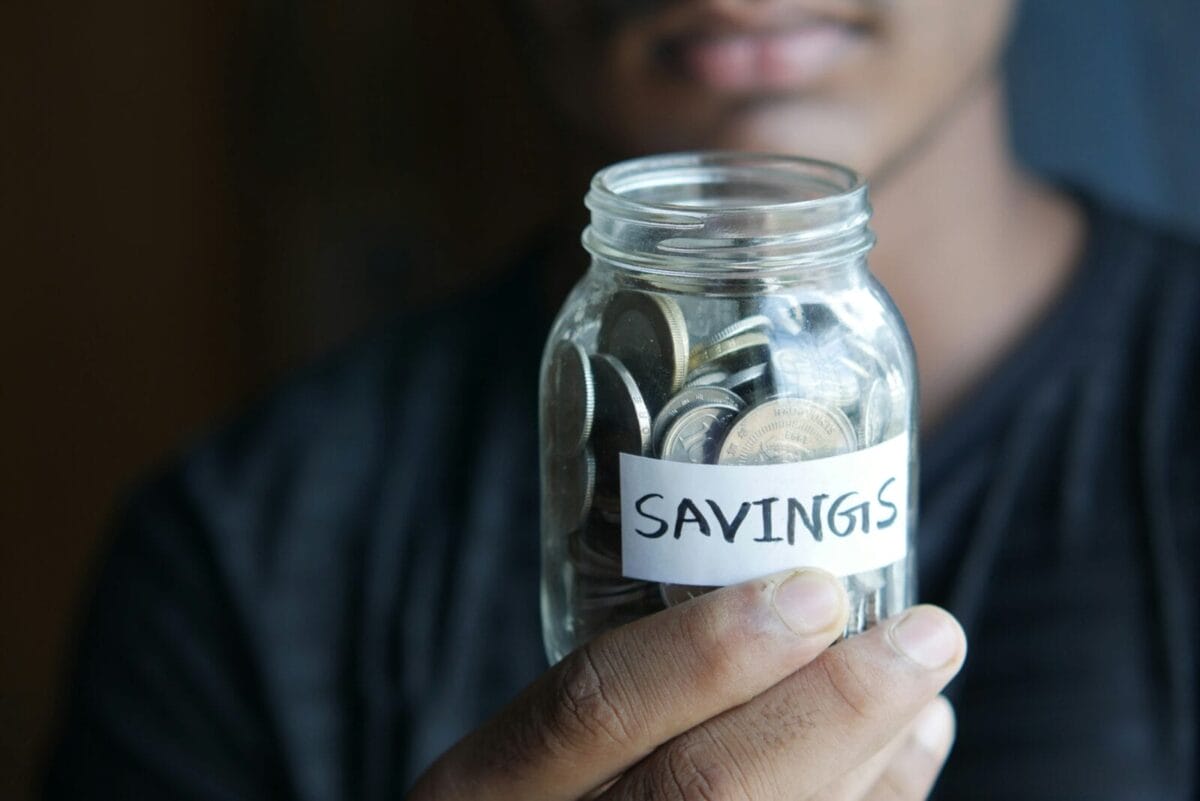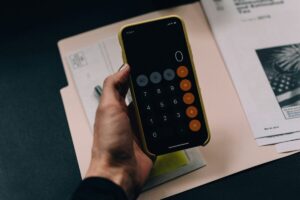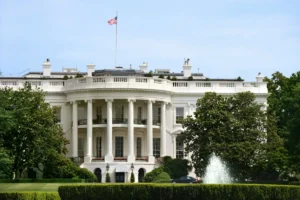Chris Justham, Head of Intermediary, London and South East, 7IM
Do you know what this map depicts? Hint: See the colour scheme.

Source: 7IM/mapchart.net
It shows countries where you can officially buy Coca-Cola, and where you can’t (as of 2023). If you’re in Russia, Cuba, or North Korea, you’re out of luck.
So perhaps it’s no surprise that “Coca-Cola” is the second-most understood word in the world, and arguably the most successful brand ever.
The idea of a brand is interesting, and clearly worth something. If you were offered all of Coca-Cola’s business empire – the recipe, the factories, the distribution, the fridges – everything, except the use of the logo, who’d get a better deal? Would you want the label, or the product?
It’s a difficult one to answer; not just for Coca Cola, but for lots of big companies across the world.
What’s the iPhone worth without the Apple logo? Or a burger that isn’t Big? How much of the cost of your flat white is in the Starbucks logo on the side?
These are tough questions, but are becoming ever more important.
One of the most significant trends in investing has been the rise in intangible assets over the last fifty years – intangibles aren’t just brands; intangible assets include software, copyright, patents and even consumer data (our data!).

Source: https://oceantomo.com/intangible-asset-market-value-study/
The chart above shows the change in the US market. Most of the value of the world’s largest market isn’t visible or touchable. As brands like Coca-Cola have conquered the world, they’ve also begun to dominate investment analysis.
One of the most significant trends in investing has been the rise in intangible assets over the last fifty years – intangibles aren’t just brands; intangible assets include software, copyright, patents and even consumer data (our data!).














